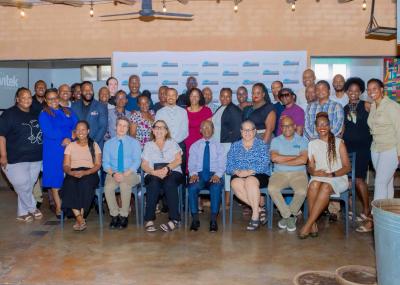Sexual and Reproductive Health (SRH) and HIV risk behaviors for young people are intertwined. This rationalizes the need for integration of HIV and SRH services within the health care system, especially in countries with high HIV burden. The widespread success of highly active antiretroviral therapy (HAART) has improved the outlook and life expectancy people living with HIV worldwide. Ironically, the number of people with behaviorally acquired HIV infection is on the rise (majority during the perinatal period and aged 15–24 years). HIV infection during adolescence and early adulthood poses a number of challenges to young people’s social and emotional development. Retaining the gains of universal HAART and cubing HIV as a public health threat while aiming for universal access to Sexual Reproductive Health (SRH) remains a dual strategic goal of both HIV/AIDS and SRH programming. Advancing this goal across the two programming areas will require deliberate interventions to connect implementation at policy, systems, funding, coordination, management, service delivery and monitoring levels. BHP is committed to address this conundrum heads on with its numerous works aimed at understanding the extent of the problem as well as those aimed at mitigating identified challenges.




